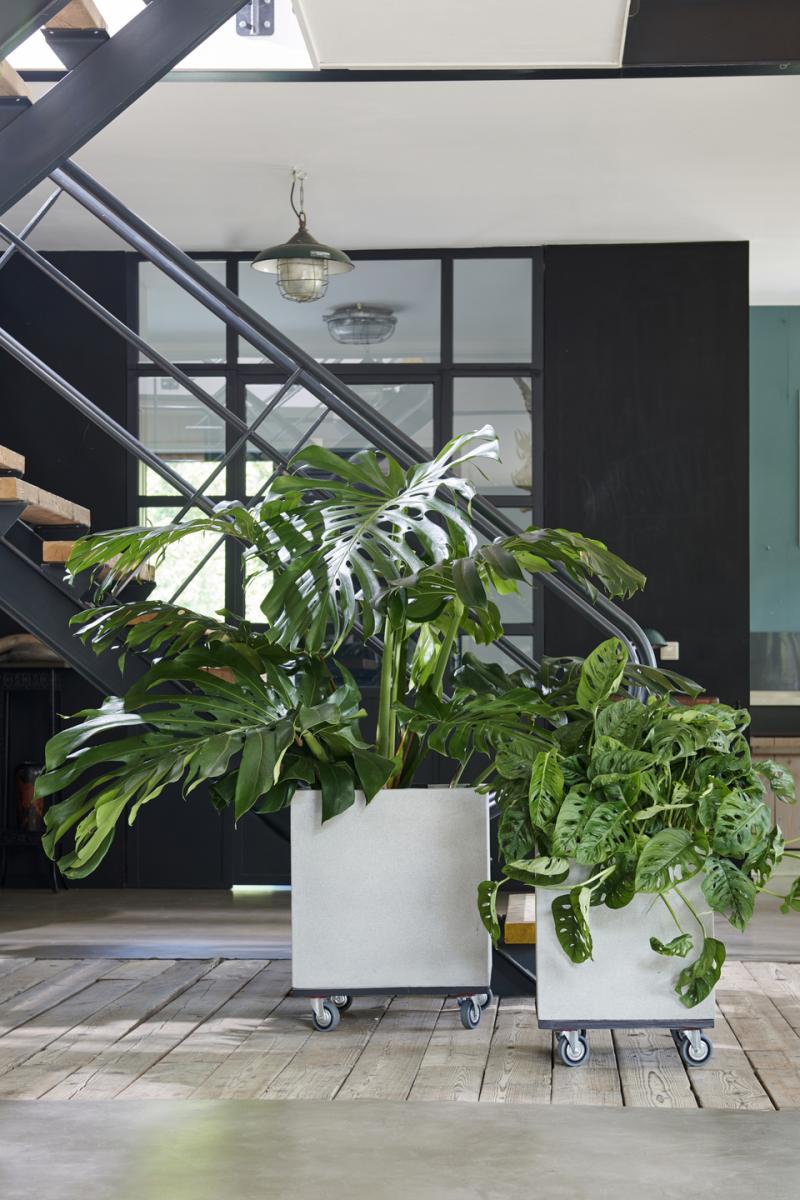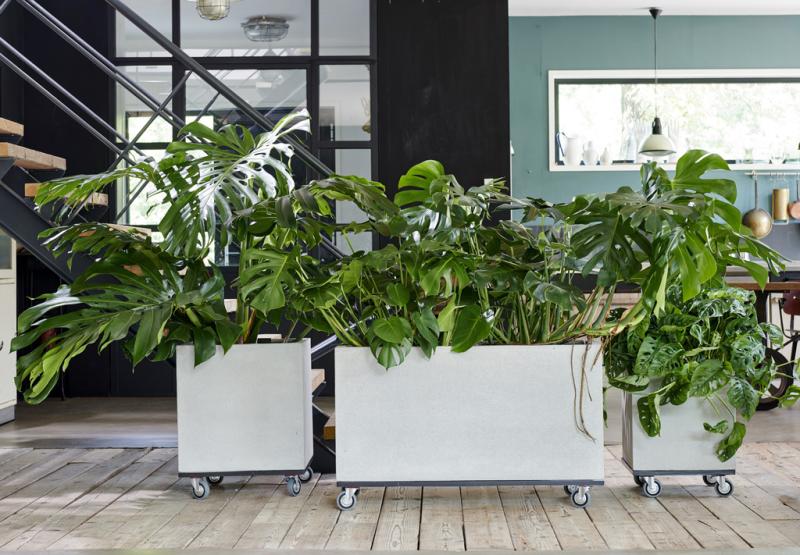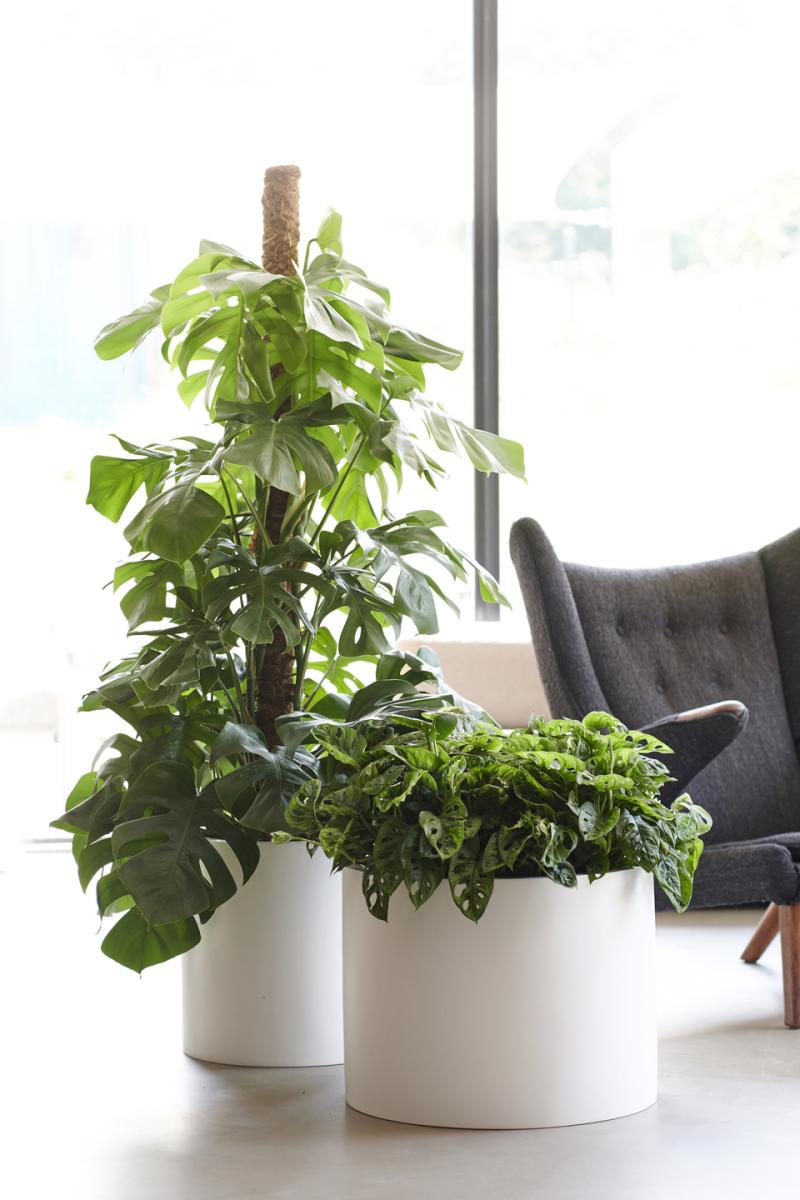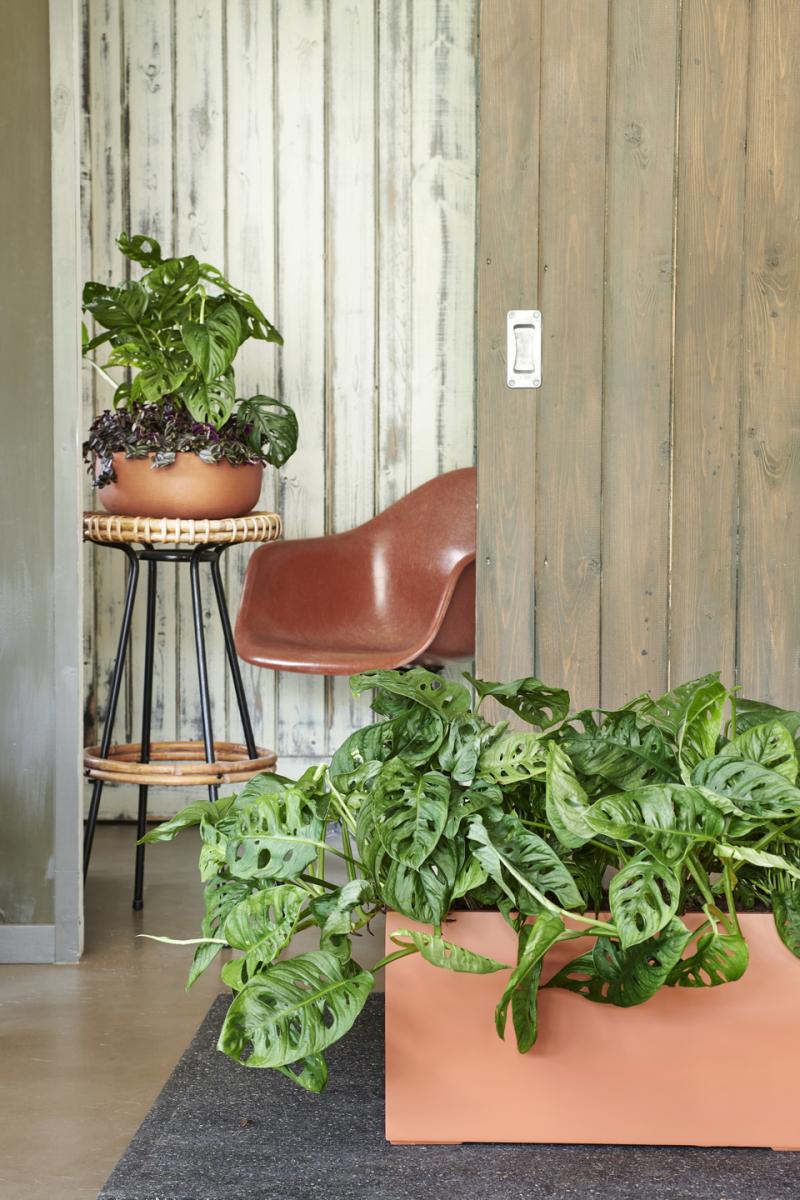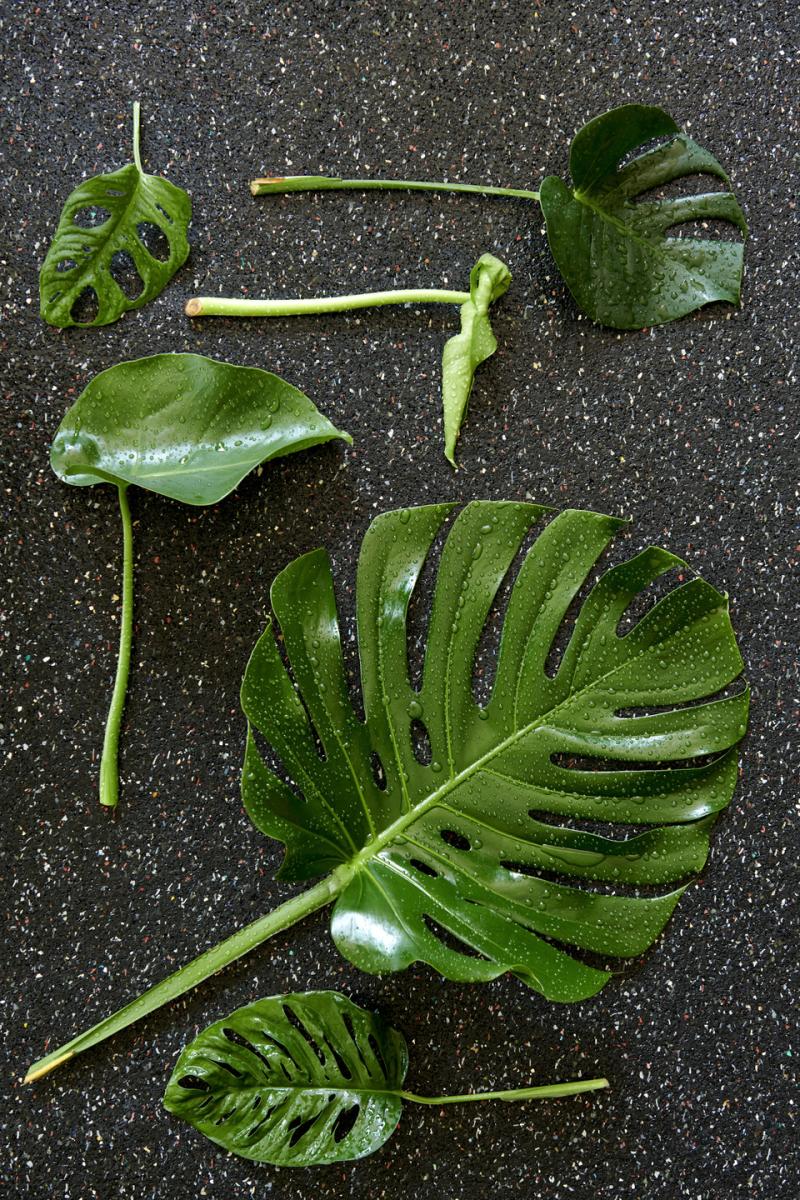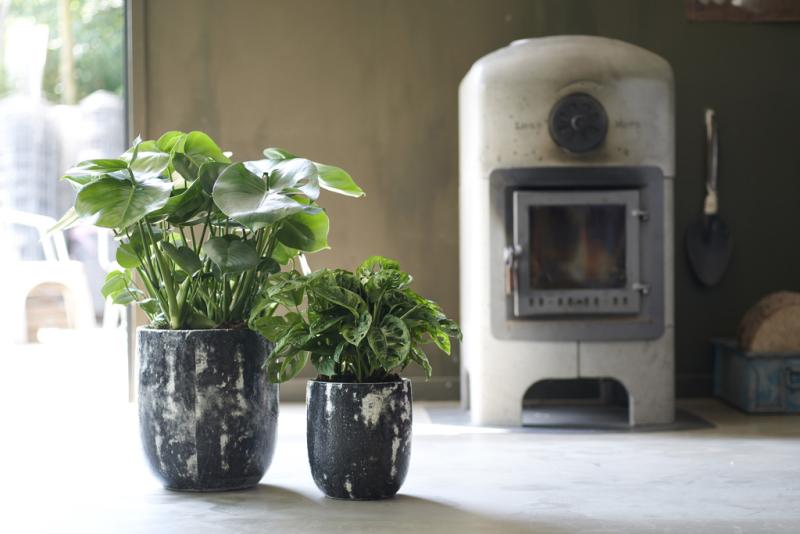Monstera: July Houseplant of the Month
The story of the Monstera
For a plant, Monstera has a lot to offer: stems, sometimes a moss pole, a trunk, usually impressive aerial roots - there’s plenty to see. That has made it an enormous hit on Instagram and a very popular element for creating the popular urban jungle look, amongst other things. The most fascinating aspect is that the young leaves are heart-shaped and only develop the characteristic incisions later, when they’ve had some life experience. Its air-purifying properties mean that Monstera also helps create a pleasant environment in the home - another unique USP for this attractive houseplant.
Origin
Monstera is a member of the arum family. They are actually lianas from Panama and southern Mexico, where the plants can climb up the trees to a height of 20 metres. They also use their fleshy aerial roots to secure themselves tree trunks, rocks or the soil in the forests of Southeast Asia. They wrap and clamber upwards, growing their gigantic leaves and so providing some extra shade.
Monstera range
The Monstera range is not extensive. The best-known is the climber Monstera deleciosa, the Swiss cheese plant. This is usually the green-leafed variety, but occasionally the variegated cultivar ‘Variegata’. It’s offered in both small pot sizes without a moss pole and as sizeable specimens a couple of metres tall which are attached to moss poles or other decorative supports. Monstera obliqua is less well-known but also very attractive. The plant has small bright green leaves that contain attractive holes. It can be used as a hanging or climbing plant.
What to look for when buying Monstera
- The Monstera’s pot size, height and thickness must be in proportion.
- Check whether it’s a hanging or climbing plant. With a climbing plant the length of the moss pole is decisive.
- Monstera should have even leaf spacing: all sides must be attractively and evenly covered. If the plants have been placed too close together at the nursery the plant shape will sometimes be one-sided or have fewer leaves and be less attractive.
- Monstera is generally a healthy, strong plant that is not particularly prone to pests and diseases. Do check for scale insects and mealybug - these are hard to eradicate.
- The plant should have no brown patches on the leaves. This is a sign of having stood in wet soil for too long.
- Limescale stains or water residue on the leaf diminish the decorative value, but do not do any harm otherwise.
- The temperature must be at least 13°C or higher during shipping and storage. At lower temperatures plants should be protected against cold with sleeves.
Care tips for customers
- Monstera prefers a light spot, but not full sun.
- The plant cannot cope well with cold; don't place it in temperatures of 13° or less.
- Water moderately; the soil can be kept slightly damp, but not drenched.
- A bit of plant food once a fortnight is enough.
- Monstera rarely flowers indoors. If it does happen to you, cut the flowers off. They draw a lot of energy from the plant and have an unattractive odour.
Monstera sales and display tips
Highlight the various sizes in which Monstera is available by displaying S and XXL next to one another. Medium and Small work well together in a bowl. Displaying the larger specimens in containers and in pots on castors makes them less intimidating and plays to modern consumers’ desire to be able to change things easily. And create an Instagram opportunity with some home decor and popular hashtags like #monsterarmy, #aroidaddicts and #monsteramonday.
Images for Monstera
You can download and use the images below free of charge if you credit Thejoyofplants.co.uk.
Instagram: @thejoyofplants
Facebook: @thejoyofplants
Twitter: @thejoyofplants
For more information about the 2019 Houseplants of the Month selection, click here.
Monstera posters
You can download the posters using the links below.

